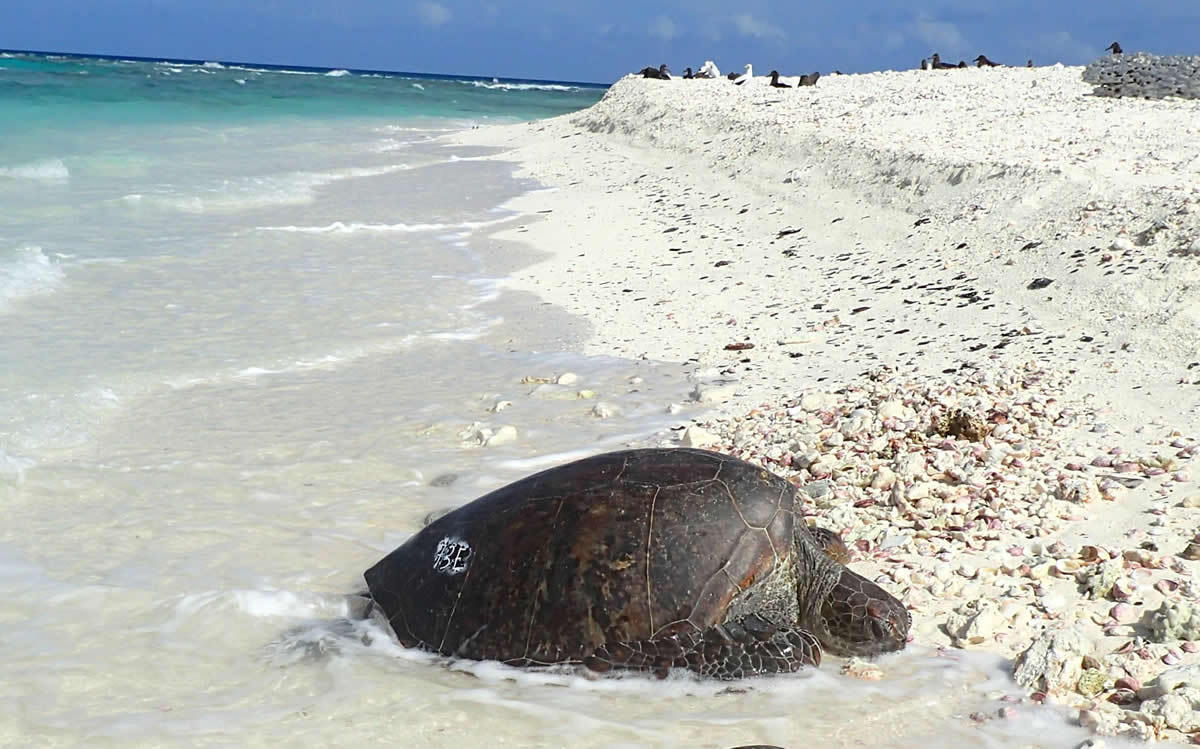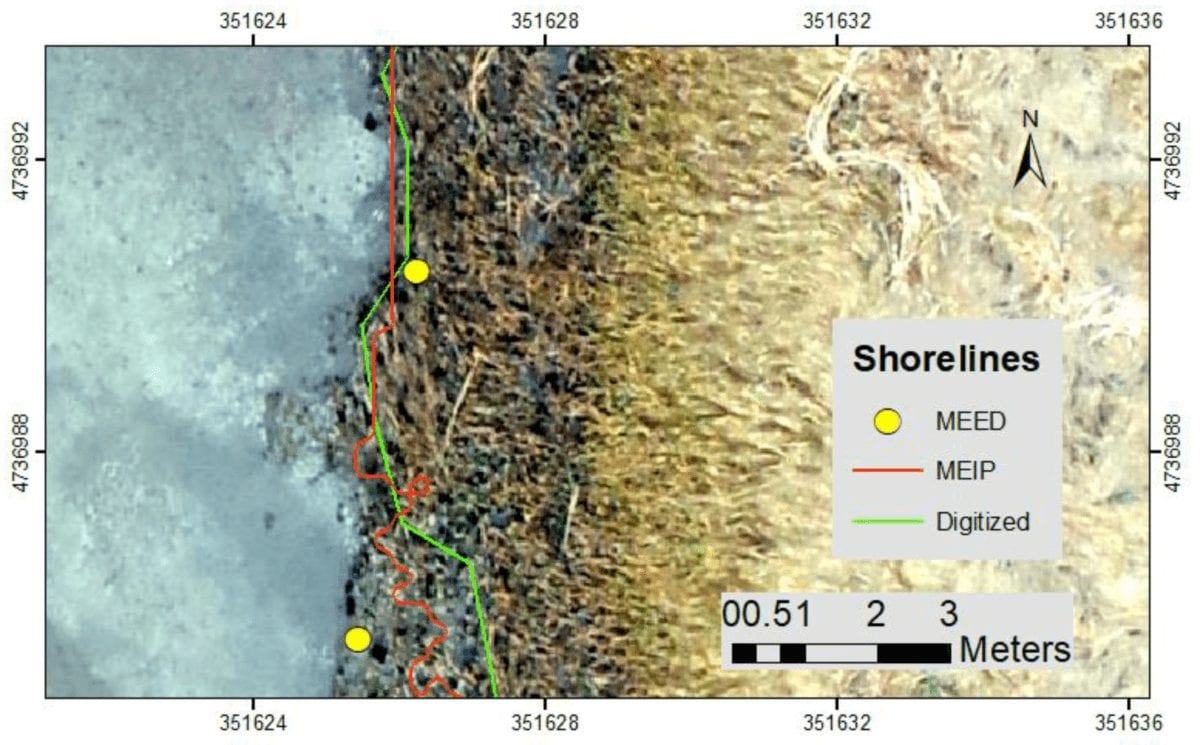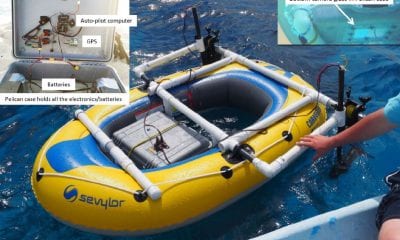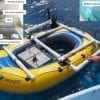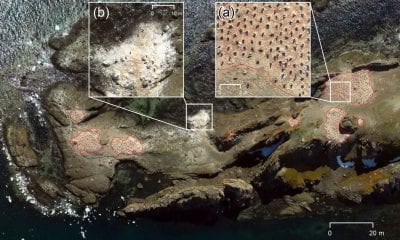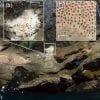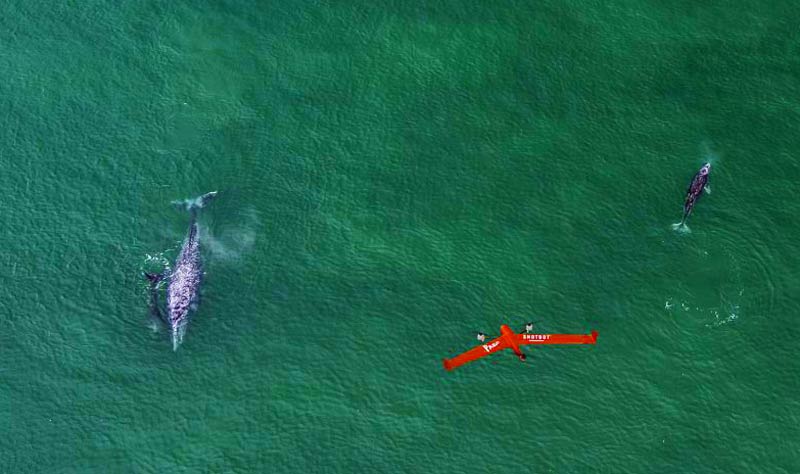
Conservation
A Whale of a Time: Researchers Join Ocean Alliance to Use Drones for Cetacean Research
A Whale of a Time: Researchers Join Ocean Alliance to Use Drones for Cetacean Research
In a project that aims to monitor whales and ocean health, a team of researchers are working in collaboration with Ocean Alliance, trialing the use of drones. Ocean Alliance is an organisation dedicated to the conservation of whales and all sea life, as well as human impacts on the marine environment.
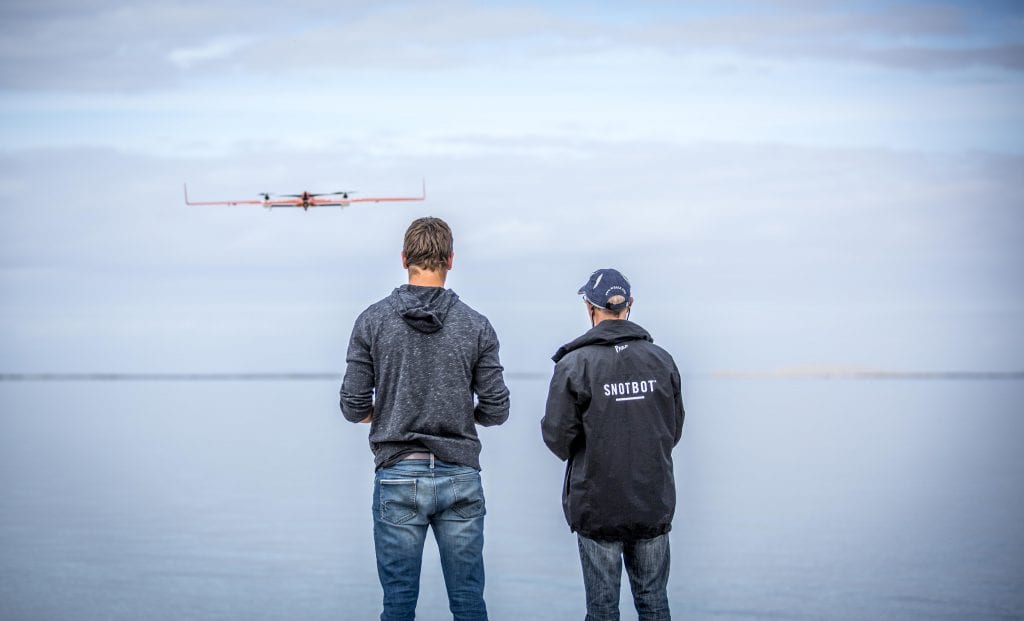
The team used two drones, a DJI Inspire 2 and a FlightWave Edge™ UAS hybrid tricopter fixed-wing aircraft systems. These FlightWave Edge drones have high endurance, high speed and long range capabilities, and are able to take off and land vertically. They are manufactured by FlightWave Aerospace Systems Inc., a California based aerospace company, which designs and makes unmanned aerial systems (UAS).
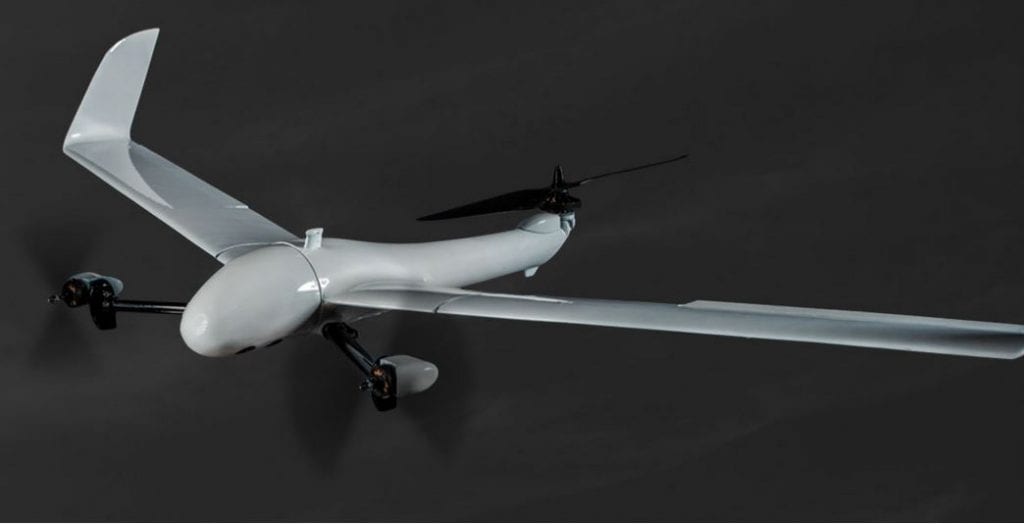

In the mission to test the FlightWave Edge for use in Ocean Alliance’s “Drones for Whale Research” program, FlightWave’s Dan Levy, along with Ocean Alliance CEO Iain Kerr, joined a team of fellow researchers at the San Ignacio Lagoon in Baja California Sur, Mexico. They wanted to use drones instead of boats for monitoring whale and ocean health, and their mission was given added impetus and motivation by the experience. By flying two drones overhead to guide them, on approaching the whales, the crew of twelve aboard the small vessel all but capsized it in their excitement, especially at seeing a whale calf within touching distance.
Iain Kerr is passionate about whale conservation and has, over a 30 year period invested his own time and energy, on a non-profit basis through Ocean Alliance. Using drones on this mission is innovative and possibly a marked step up from conducting whale surveys using boats or planes, making the task far more efficient time-wise, far cheaper and less labor-intensive.
To date monitoring and surveying whales from a boat needs at least three people on lookout, and a team to photograph and count how many whales are seen in one three-hour flight duration over a distance of 30 kilometers. This standard research method can clearly be dangerous for researchers and also disturbing to the whales and while Ocean Alliance is anxious to learn more about whales, their well-being is paramount at all times.
Manoeuvering boats up close to the whales is both tricky and dangerous and can distress the creatures, while flying planes low over the water is costly, noisy and disruptive which could not only affect the whales but also affect the reliability of the data collected.
By using drones, Ocean Alliance’s missions could be more time-efficient and cost-effective, but an added bonus is the incredible photographs that can be taken which are essential in raising awareness to the research. One point this mission in the San Ignacio Lagoon did reveal was that not all drones are alike.
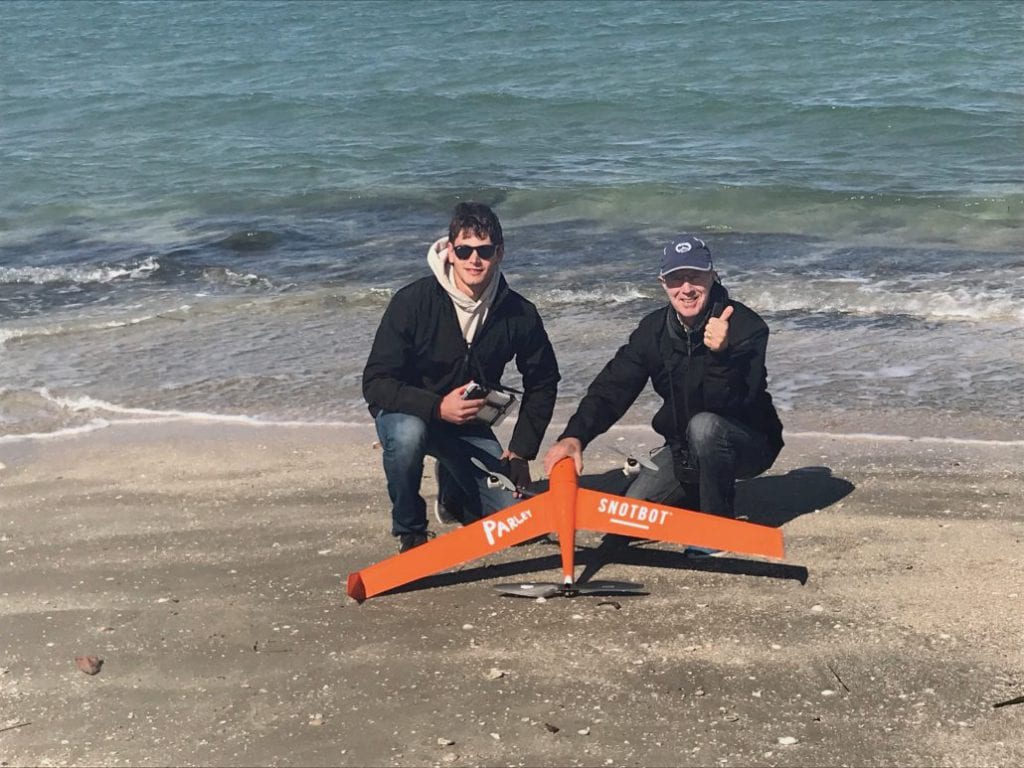
The team say until now the drones they have tested in their work have been multicopters: drones that hover on engine power alone and do not use any of their surfaces such as a wing for lift in flight; they say the FlightWave Edge however is an’ innovative vertical take-off and landing fixed-wing drone that transitions into regular flight after take-off and as a consequence can stay aloft far longer and cover more ground’.
Their aim in this exercise was to test a fixed-wing drone, in this case, the FlightWave Edge; It was demonstrated how easy the Edge is to manoeuver and how’ seamless’ it makes the surveying process. Levy himself launched the Edge into the air, then handed the controls over to Ocean Alliance and the researchers were very impressed. Hundreds of photos and videos were taken on the mission but a picture of the Edge and the whales together proved almost impossible because the other brand of drone kept running out of power. Eventually, they succeeded but not before the camera drone used up two sets of batteries.
Ocean Alliance is dedicated to continuing its research and striving to increase public awareness of ocean health through its whale population survey. The data compiled during the surveys helps advise educators, policymakers and the general public on ocean health. The ultimate goal: mitigating pollution and preventing the collapse of the marine mammal population.
Visit their website at: https://www.whale.org/.









